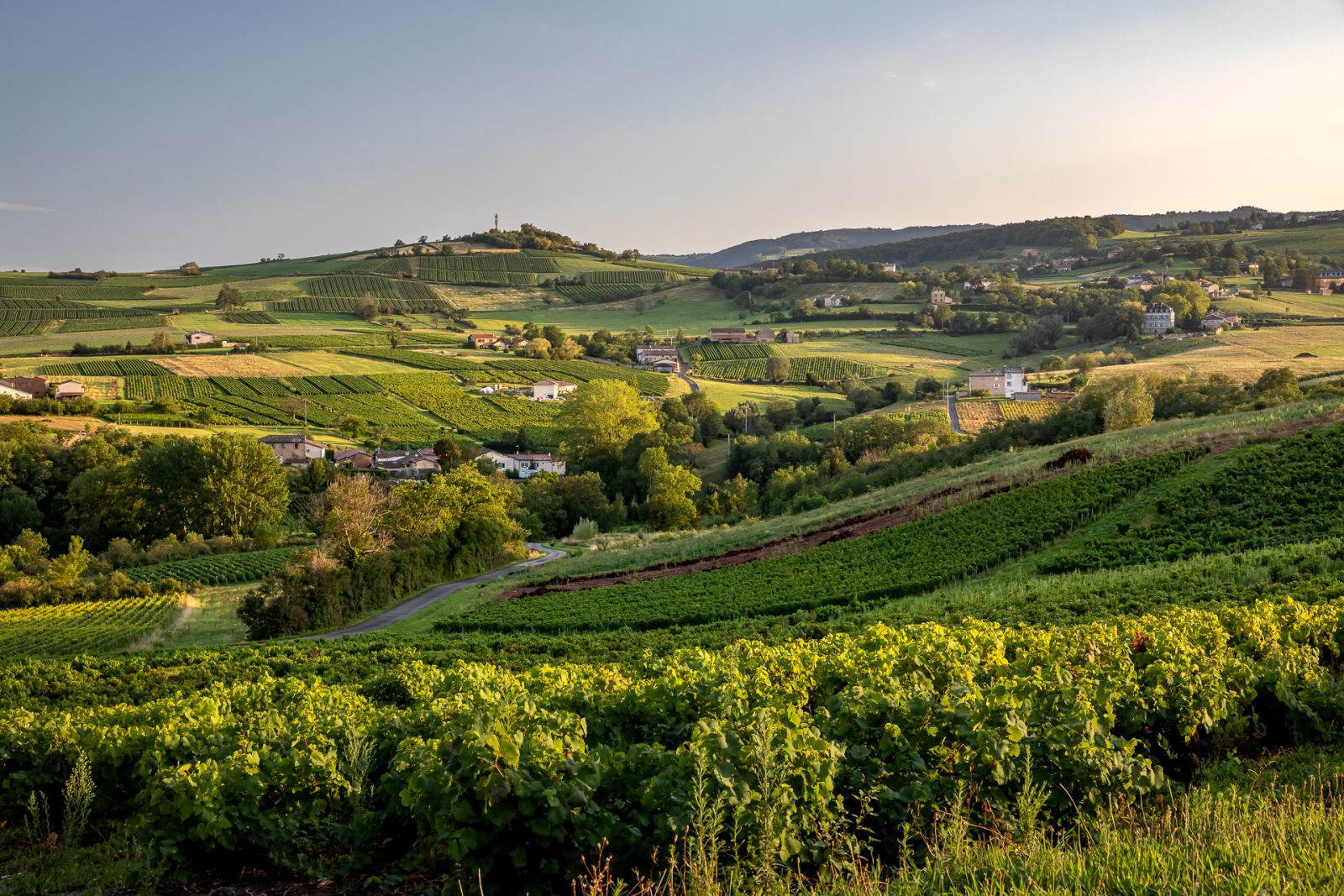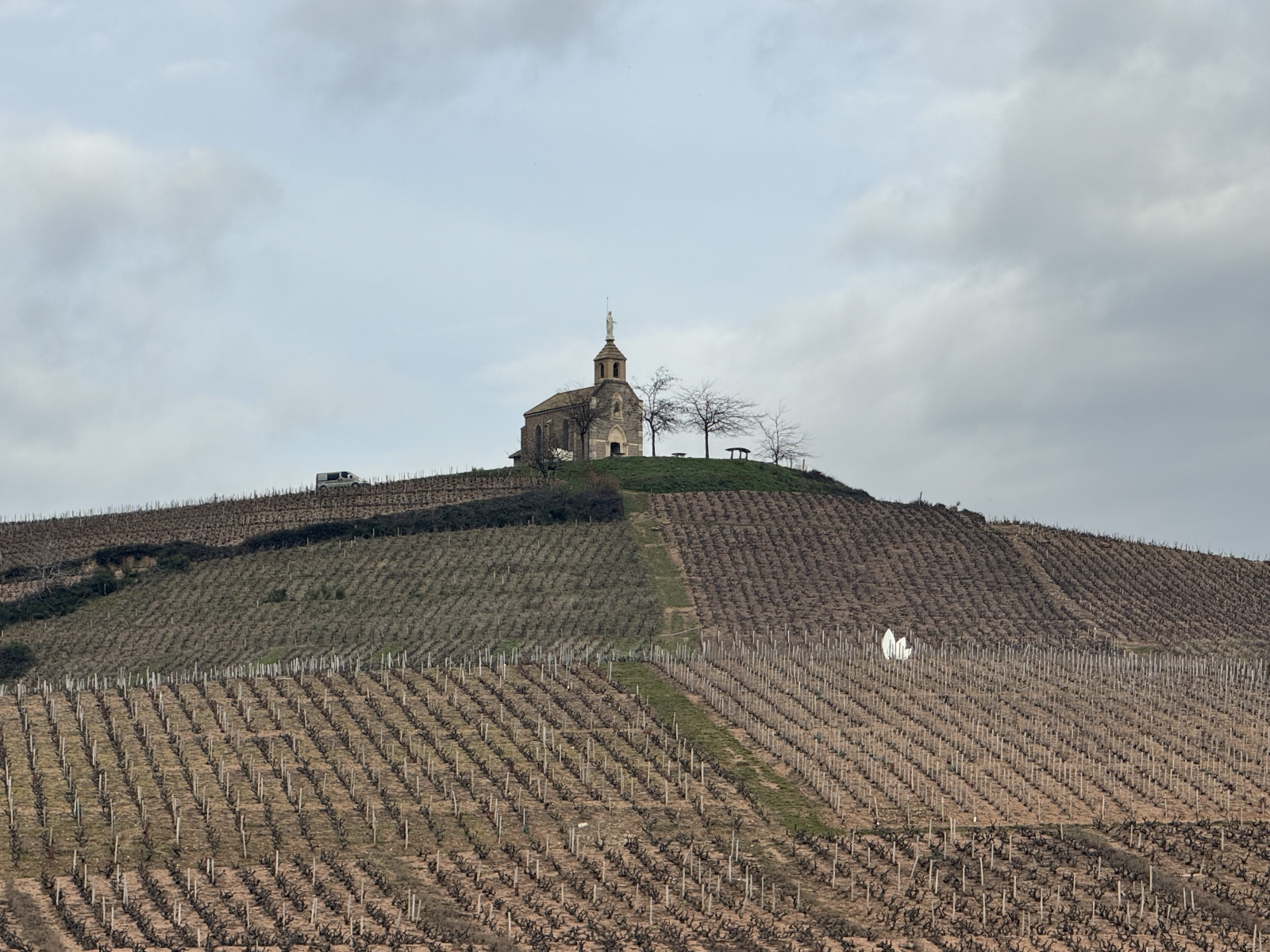BLOG
Bordeaux is Constantly Evolving and It’s Nothing New
Wendy Narby
Regions and Producers
A History of innovation
There’s a long history of innovation in Bordeaux; introducing topping up and sulphur to produce the ‘New French Claret’ in the 17th century, solving Mildew with the Bordeaux mixture in 1878 to the introduction of stainless steel in the 1960’s, when Château Haut Brion was accused by its peers for producing wine made in a dairy!

This spirit of innovation continues today in the architecture of ultra-modern cellars next to 18th and 19th century chateaux. Methods may remain traditional, but the latest technology makes the wine makers’ lives easier or at least reduces some of the risk both in the field and in the cellar. You’ll see drones flying over the vineyards surveying for signs of disease, next to horses ploughing on more delicate plots. Keeping the best of the old while using the new.
A centre of Excellence for research
The ISVV (Institut des Sciences de la Vigne et du Vin) part of the Bordeaux University is a centre of excellence for research and development in both viticulture and wine making. A network of oenology consultants throughout the region ensures this latest knowledge gets to even the smallest of producers.
New grape varieties
In June 2019, thanks to ISVV research, Bordeaux was the first French vineyard to introduce new grape varieties to its AOC specifications. Bordeaux and Bordeaux Supérieur AOC winegrowers are now allowed to use six new grape varieties to adapt to climate change. The four red grape varieties are Arinarnoa, Castets, Marselan and Touriga Nacional and the two white grape varieties, Alvarinho and Liliorila. Growers are limited to planting just 5% of their vineyards with these grape varieties and they can make up no more than 10% of the final blend for each colour.

Size matters
Bordeaux is shrinking. In the 1960s, there were over 40,000 winegrowers with an average size of 2+ ha. When I started teaching in Bordeaux in the 1990s, there were 123,000 ha of vines and 10,000 producers. By 2016, it had fallen to just under 112,000 ha and 7,000 wine estates with an average size of under 16ha (less than 40 acres).
Today, there are 103,200 hectares of vines over 65 different appellations.
Consequently, the average size of properties has increased in the last 20 years from 7 hectares (17 acres) in 2004 to 20.5 hectares (about 50 acres) now.
Many small part time producers have disappeared, although 25% of Bordeaux is still made up of smaller vineyards delivering grapes to cooperatives rather than make the wine themselves.
Bordeaux still remains the largest PDO vineyard in France and represents over 1/4 of the total AOP vineyard area in the country. Production varies from vintage to vintage but averages 4.2 million hectolitres - 560 million bottles.

Red, white and gold all over
89% of the planting in Bordeaux is currently red grapes. It wasn’t always so; up until the 1970s white wines made up over half of the production. This changed following the devastating frost of 1956 after which many white grape vines were replaced by red. 1973, was the first vintage where more red than white wine was produced.
Today Bordeaux produces 81% dry red wine, 11% dry white, 4% rosé, 1% sweet white wine and a surprising 3% of Crémant (white and rosé). White is now popping up in terroirs traditionally reserved for red, with 12 different dry white wine appellations in Bordeaux. The Medoc is talking of introducing a white Medoc appellation by 2025, but properties there are already producing white under Bordeaux Blanc or Vin de France. Château Margaux launched a second white wine this year.
There’s still discussion as to whether there should be a dry white appellation specific to the terroir of Sauternes and Barsac, where there are some fabulous dry white wines made often dominated by Semillon. There are also whites in the right bank terroir of Fronsac and Saint Emilion and the satellites, all labelled under Bordeaux Blanc.
Keeping cool with climate change
On the subject of Satellites, these are the perfect example of traditionally cooler terroirs coming in from the cold. The hot, dry 2022 summer with its dangerously close forest fires brought climate change into sharp focus for Bordeaux.
Cornelis van Leeuwen from ISVV, has turned his attention to the satellite appellations of Saint Emilion where the wines were often characterized as ‘rustic’, with cooler terroirs showing green tannins in tricky vintages. No longer the case, these cooler conditions favor the aromatic expression of Merlot in warmer temperatures. Although van Leeuwen does recommend gradually increasing the proportion of Cabernet Franc and Malbec in the blends right across the appellations and vineyards.

Women in wine
Traditionally thought of as a male preserve, women are now not only owners, cellar masters and managers but also cellar and vine workers, back office admin, guides and chefs.
Historical Heroines.
There’s a historical precedent here. Francoise-Josephine d’Yquem, Caroline de Villeneuve of Chateau Cantemerle, Virginie Comtesse de Lalande at Chateau Pichon Comtesse and Olive de Lestonnac of Château Margaux are all examples of powerful women in Bordeaux’s past.
Sustainability
75% of Bordeaux is under sustainable certification including 25% organic. Agro-forestry, tree and hedgerow planting, cover crops, canopy management, carbon capture, electric tractors and many more initiatives have been adopted across the region.
Open doors
It’s now easier than ever to experience these changes thanks to booming wine tourism in Bordeaux. Cellar doors are wide open to visitors, with restaurants, food and wine pairing experiences and guest rooms with river cruises bringing guests even closer to the vineyards. The city of Bordeaux, personified by the Cité du Vin, is a buzzing and accessible hub for city breaks. Bordeaux has never been more open for business.
Explore Bordeaux’s Best Chateaux
Want to explore Bordeaux's top wine producers? Explore our Bordeaux Producer Guide below.




